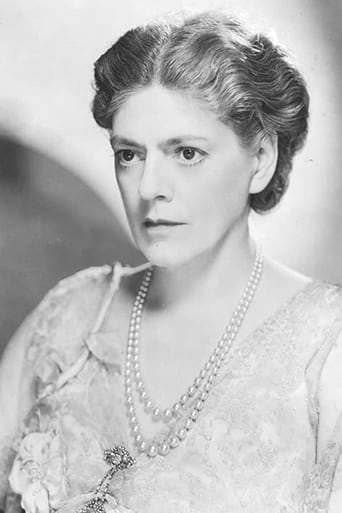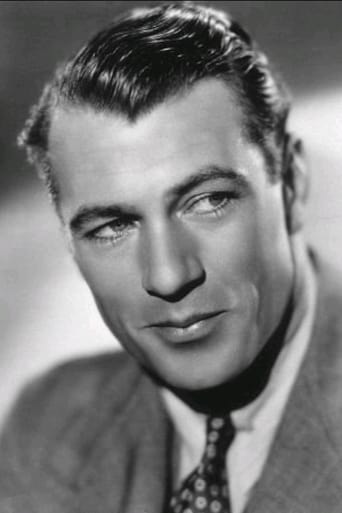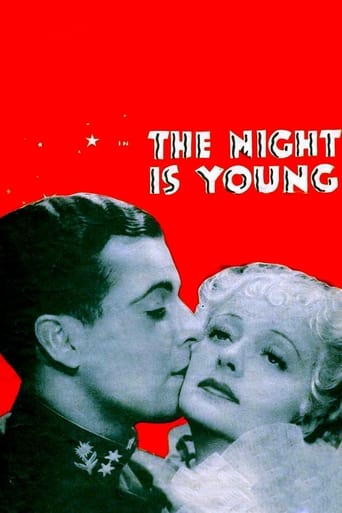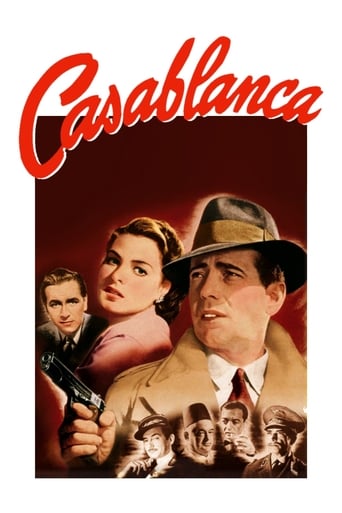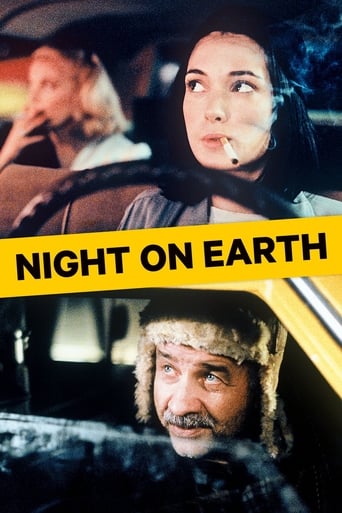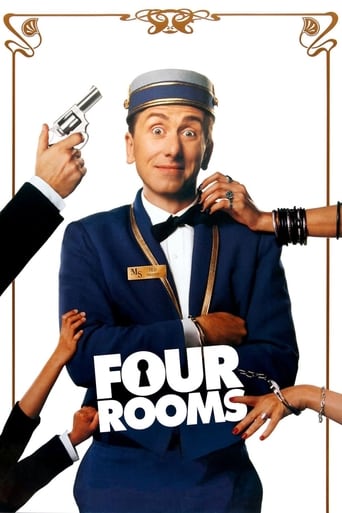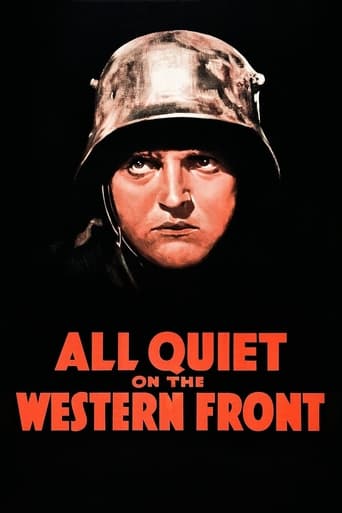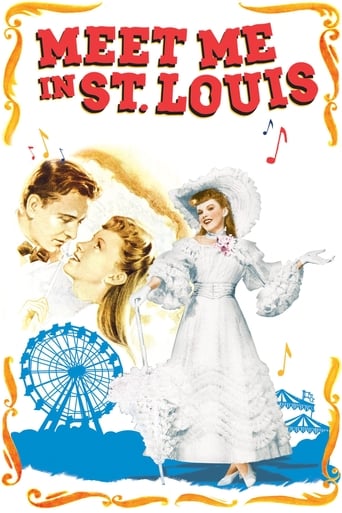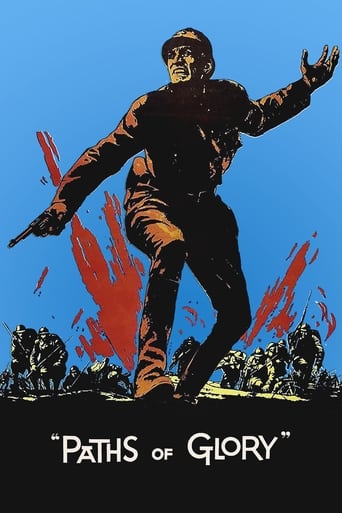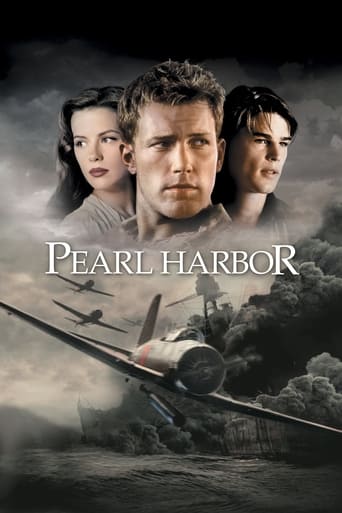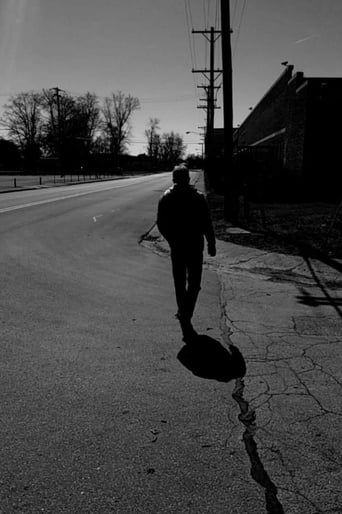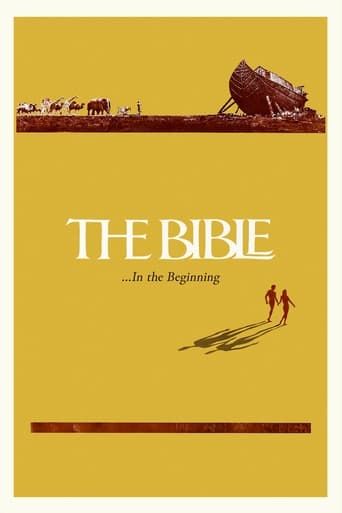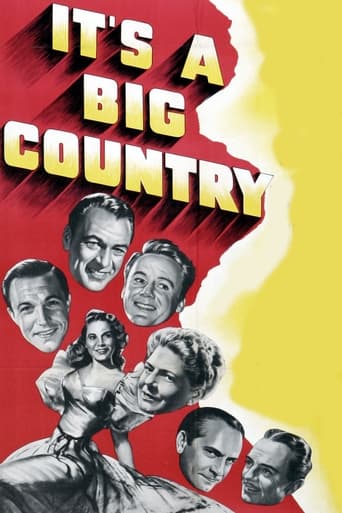
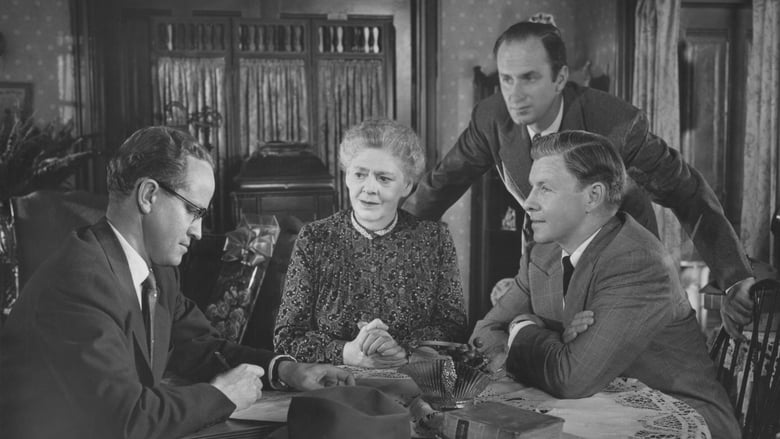
It's a Big Country (1951)
Comprised of eight unrelated episodes of inconsistent quality, this anthology piece of American propaganda features some of MGM Studios' best directors, screenwriters and actors; it is narrated by Louis Calhern. Stories are framed by the lecture of a university professor. In one tale a Boston resident becomes angry when the census forgets to record her presence. Another sketch chronicles the achievements of African Americans while still another pays tongue-in-cheek tribute to Texas.
Watch Trailer
Cast


Similar titles
Reviews
I'm not quite sure who IT'S A BIG COUNTRY was aimed at. And given the fact that it was a box office flop, I'm guessing that the general audience didn't think it was aimed at them. It purports to show the diversity of America by offering seven segments promoting different aspects of life in postwar America, but it still traffics in stereotypes and Hollywood conventions. For instance, there are two segments involving immigrant fathers with children assimilating in ways they don't like. One immigrant father from Hungary hates Greeks and is appalled when his cherished oldest daughter falls in love with one. The other immigrant father, from Italy, refuses to let his son wear glasses because they're not manly even though the boy's teacher insists he needs them to be able to read the blackboard. In each case the immigrant, in a film supposedly pro-diversity, behaves in a most backward fashion. At least the Hungarian is played by an actual Hungarian immigrant actor, S.Z. Sakall, so there is some authenticity there. However, the Italian immigrant is played by Fredric March, of English, German and Scottish heritage, and the performance seems highly exaggerated. Surely, they could have gotten an Italian actor or even J. Carrol Naish, who did that kind of role effectively plenty of times in his career. It's the final sequence in the film and left me with a distinctly uneasy feeling. In the Hungarian sequence, Janet Leigh plays the oldest daughter and Gene Kelly plays the Greek she falls in love with. I guess this is what is meant by "ethnically blind" casting.The first sequence goes so far as to dissect the notion that America is a "great country" when a traveling salesman (James Whitmore) on a train ride buttonholes a college professor (William Powell) to tell him that America is a great country and the professor then responds with "Which America?," and starts pointing out how different America is depending on where you are in its vast domain. So it looks like there will be some critique of blind patriotism, a direction then completely ignored in the rest of the film.The segment on African-Americans doesn't even mention the race of its participants in the narration (by Louis Calhern) accompanying it, preferring to use the phrase, "other Americans." Instead of a fictional story, it offers a documentary sequence on prominent blacks in the postwar era, including Nobel Prize winner Ralph Bunche, then the ambassador to the United Nations, General Benjamin O. Davis, and the late George Washington Carver. There are segments on sports and the arts that highlight Jackie Robinson and Lena Horne, among others. There are numerous less well-known blacks in government and business who are cited, so it's nice to see a slice of little-known history. Curiously, the military footage is all from World War II and shows a distinctly segregated military even though President Truman had desegregated the military three years before this film. I suspect that producer Dore Schary feared that any fictional story about blacks that they created for the film would get criticized for stereotypes, denounced for avoiding the topic of discrimination, or, if they chose to be bold enough to tell a proper story about blacks in the postwar era, boycotted by southern theater owners. The documentary sequence was clearly a compromise and it could easily be removed by theater owners in the south. There are no non-white characters in any other sequence of the film.There's a comic monologue by Gary Cooper as a Texan who speaks modestly of the state's size and reputation, wondering, in tongue-in-cheek fashion, why everyone thinks Texas is so "big." It doesn't jibe with the rest of the sequences here and was clearly inserted for comic relief.The best sequence is arguably the one in which an Irish immigrant widow, played by Ethel Barrymore, insists to a Boston newspaper editor (George Murphy) that the 1950 census did not include her, so, after a false start, the editor starts a campaign to get the Census Bureau to correct its mistake. It's about wanting to be acknowledged and recognized by the larger society, something each wave of immigrants has had to deal with in different ways over the last couple of centuries.Another sequence focuses on a visiting minister (Van Johnson) who takes the pulpit at a church in Washington D.C. in 1944 at a time when the then-president, Franklin D. Roosevelt, attends that church. The minister tailors his carefully prepared sermon to the president every week, despite the president's absence, putting the regular parishioners to sleep until the church sexton (Lewis Stone) finally calls him on it, urging him to address the entire congregation. I'm not sure what this segment had to do with the aims of the film or what it was trying to tell us, but, interestingly, the sequence cuts from the entrance of the president (off-camera) at the very end to the next sequence where we see a school teacher at work, played by Nancy Davis, who would marry Ronald Reagan the following year and become the First Lady 30 years after this film, adding a surprisingly prophetic touch.Curiously, the cast includes a mix of liberals and conservatives from Hollywood's ranks. George Murphy, Gary Cooper and Nancy Davis were notable conservatives, while Gene Kelly and Fredric March were outspoken liberals. I wonder what they all thought of the finished film.
It's hard to understand why this movie was made in 1951. It is obviously a public service announcement (propaganda piece) that was made for some reason. The movie is made up of eight vignettes whose only commonality seems to be that America is a diverse country. While this notion seems hackneyed to us today, it must have had a reason to be made back then. One wonders if it was made for adult audiences or just for elementary school children. In any case, it is interesting to see what the public thought of as diversity in 1951 and how it was portrayed. The vignettes display several nationalities and ethnic groups whom American WASPS seem to be just discovering, as if they never knew these groups were also Americans. The celebrities in this film seem to be telling us how diverse American is and doing it with platitudes. If nothing else, this film is quaint by today's standards.---There is a segment with Marjorie Main (as herself) meeting one of her deceased son's army buddies. At first, she seemed put off by the fact that his buddy (Keefe Brasselle) is Jewish (though the word is never used). After talking to him a while, she wants to write to his mother to let her know what a fine boy she thought he was. The apparent anti-Semitism of the 40s and 50s in America is something I can't personally relate to. However, it must have occurred since it crops up so often in the movies of that period: For example: Gentleman's Agreement and Crossfire. ----Garry Cooper does a humorous piece about Texas--the biggest of the 48 states at the time—and how Texas is no different than any other state. While he describes Texas and Texans as just like any other state, the clips in the background show just the opposite.----In another vignette, S.Z. Sakall plays the role of a widowed Hungarian with five daughters. He tells his daughters that he hates Greeks. When asked why, he says that Hungarians just hate Greeks. When his eldest daughter (Janet Leigh) is given a ride by a Greek (Gene Kelly) they soon fall in love, and the two families learn to like each other. ----In presenting stories about the diversity of America in the 50s, the movie fails to show us stories about American Indians or Asian Americans. Evidently, such was what American diversity did NOT include in 1950.To me, the most interesting segment of the movie was the one featuring American Negroes (for that would have been the correct term at the time). Yet, the term, 'Negro' is never uttered in the cluster of newsreels shown---with a congratulatory narration about these "great Americans." What we IS shown are the contributions made by great Americans such as: Jackie Robinson, Jessie Owens, Marion Anderson (singing on the steps of the Lincoln Memorial), and entertainers such as Lois Armstrong, Ethel Waters, Lena Horne, etc. The reason this segment was interesting to me is that there is no cute little story to be told here: Just newsreels and monuments. The American audience had not yet reached the point where blacks and whites could be seen interacting with each other (on anything like an equal basis) in the same little story. Why? Because there were no such little stories like this--in any part of the country--at that time. I don't say this to put down the film. I only say it because it was TRUE. And, if nothing else, it demonstrates how far we have come since the film was made.The film was dull but (in a way) interesting as a time capsule for the period in when it was made.
This movie seems like a good idea -- debunking myths and defusing prejudice, showing us all how diverse America is -- but it also begs the question of why nearly all the main characters are WASPs (okay, except for S.Z. Sakall)! Janet Leigh is lovely in the Hungarian-Greek love story, but why not cast someone Hungarian, or at least Eastern European? And Gene Kelly as a Greek (speaking, by the way, with a perfect American accent, but a few stiff phrases thrown in to show he's a foreigner)? Fredric March as an Italian father (named Esposito?) ... and the list goes on. All wonderful actors, but miscast in this. Not only are all the actors as white as snow, the rhetoric is pretty heavy-handed, too. I love many of the old Hollywood movies, but this one could have used a more realistic approach. The '50s were a strange time in American film, as in American life. Everything and everybody were supposed to be sparklingly clean and chipper all the time. We had to wait until the '60s for a wrench to be thrown into those oh-so-smoothly-functioning works ...
I doubt if a film like It's A Big Country could be made in and about the America of post Vietnam and Watergate. A whole lot of the clichés presented here just aren't bought any more by large segments of the population. For whatever it's worth the film is a presentation of what we thought about ourselves in 1951.It's a film with several different segments, some serious some pretty funny about every day Americans in all walks of life, in all parts of the then 48 states.The two I liked best were those that ironically starred the two men who were not MGM contract players, Gary Cooper and Fredric March. Gary Cooper plays a Texas cowboy talking about his state and disillusioning us with a tongue in cheek delivery about the way Texans and Texas are perceived by the other 47 states. Of course Cooper's humor and the whole premise behind this segment was that Texas was our largest state in land mass. That ended in 1959 when Alaska became the 49th state, still it's the highlight of It's A Big Country.Fredric March plays an Italian American father who's opposed to his son, Bobby Hyatt, getting needed glasses even after teacher Nancy Davis tells him it's necessary. He's got some old world ideas that need a bit of adjustment. March plays the role with dignity never do you feel he's a caricature.Another episode that is nicely done involves Gene Kelly, Greek American boy falling for Janet Leigh, Hungarian American girl. They've got a problem though, her father played by Hollywood's number one Hungarian S.Z. Sakall. In the past 20 years we've seen a whole lot of stories about ancient ethnic hatreds coming out of Eastern Europe. Sakall is carrying some old grudges against Greeks though he really isn't sure why. Point being that here in America you're supposed to leave that all behind. That segment is still very much relevant.Could we make It's A Big Country today? Not at this time, maybe at some future point when we've reached a national consensus that despite all our problems, America's a pretty good place after all.


